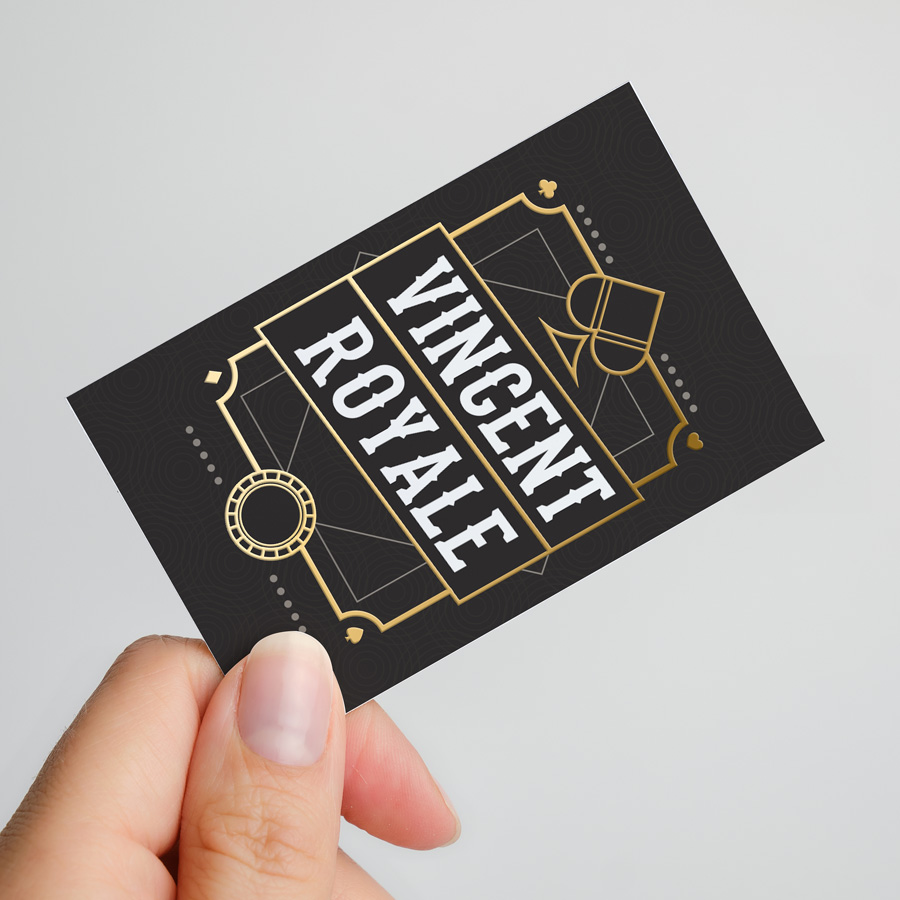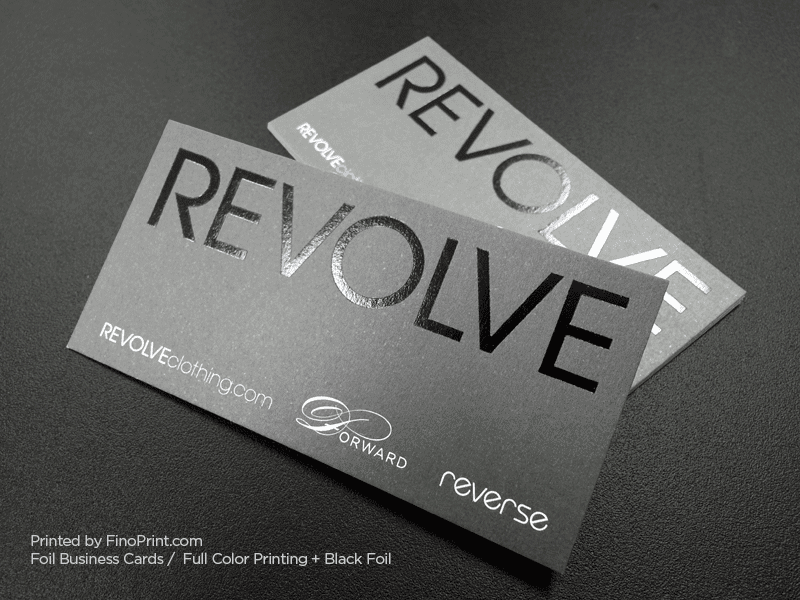Luxury Business Cards: Foil, Embossing, and Special Finishes

Luxury business cards are more than just contact information carriers; they are a powerful branding tool that conveys professionalism, creativity, and exclusivity. Incorporating foil, embossing, and special finishes can elevate your business card to a memorable piece that leaves a lasting impression.
What Makes a Business Card “Luxury”?
Luxury business cards stand out due to their superior materials, intricate design techniques, and tactile finishes. They often use high-quality cardstock, unique textures, and advanced printing methods to create a card that feels substantial and visually striking.
Key Techniques for Luxury Business Cards
| Technique | Description | Benefits | Common Uses |
|---|---|---|---|
| Foil Stamping | Application of metallic or pigmented foil to the card surface using heat and pressure. | Adds shine and elegance; highlights logos or text. | Logos, borders, text accents |
| Embossing | Raised design created by pressing the paper between two molds. | Adds texture and depth; creates a tactile experience. | Logos, monograms, patterns |
| Debossing | Opposite of embossing; design is pressed into the paper creating an indented effect. | Subtle, sophisticated look; tactile feel. | Background patterns, logos |
| Spot UV | Application of a glossy coating on specific areas of the card. | Creates contrast between matte and shiny areas; protects design. | Highlighting logos, images, text |
| Letterpress | Pressing inked plates into thick paper, creating an impression. | Classic, elegant look; tactile and visual depth. | Invitations, luxury branding |
Materials and Finishes
Choosing the right materials is crucial for luxury business cards. Options include:
- Thick Cardstock: Typically 16pt or higher for durability and a premium feel.
- Cotton Paper: Soft texture and eco-friendly.
- Metallic Paper: Adds shimmer and uniqueness.
- Soft-touch Coating: Velvet-like finish that enhances tactile appeal.
Design Tips for Luxury Business Cards
- Keep it Minimal: Luxury often means simplicity with a focus on quality.
- Use Contrast: Combine matte and glossy finishes for visual interest.
- Choose Elegant Fonts: Serif or custom fonts convey sophistication.
- Incorporate Brand Colors: Use foil or embossing to highlight key brand elements.
SEO-Friendly Blog Article Structure
Introduction
- Define luxury business cards and their importance.
Main Body
- Detailed explanation of foil stamping, embossing, and other special finishes.
- Benefits of each technique.
- Material choices and their impact.
- Design best practices.
Visual Elements
- Include tables comparing techniques.
- Use lists for tips and materials.
FAQ Section
- What is foil stamping?
- How does embossing differ from debossing?
- Which materials are best for luxury cards?
- Can special finishes increase printing costs?
Conclusion
- Summarize the value of investing in luxury business cards.
- Encourage readers to consider these techniques for their branding.
FAQ
Q: What is foil stamping?
A: Foil stamping is a printing process that applies metallic or pigmented foil to a surface using heat and pressure, creating a shiny, eye-catching effect.
Q: How does embossing differ from debossing?
A: Embossing raises the design above the card surface, while debossing presses the design into the card, creating an indented effect.
Q: Are luxury business cards more expensive?
A: Yes, due to the use of premium materials and specialized printing techniques, luxury business cards typically cost more but offer greater impact.
Q: Can I combine multiple special finishes?
A: Absolutely! Combining foil, embossing, and spot UV can create a unique and sophisticated card.
This expanded content provides a detailed, structured, and SEO-friendly approach to writing a blog article on luxury business cards, ensuring it is informative and engaging for readers interested in premium branding solutions.
